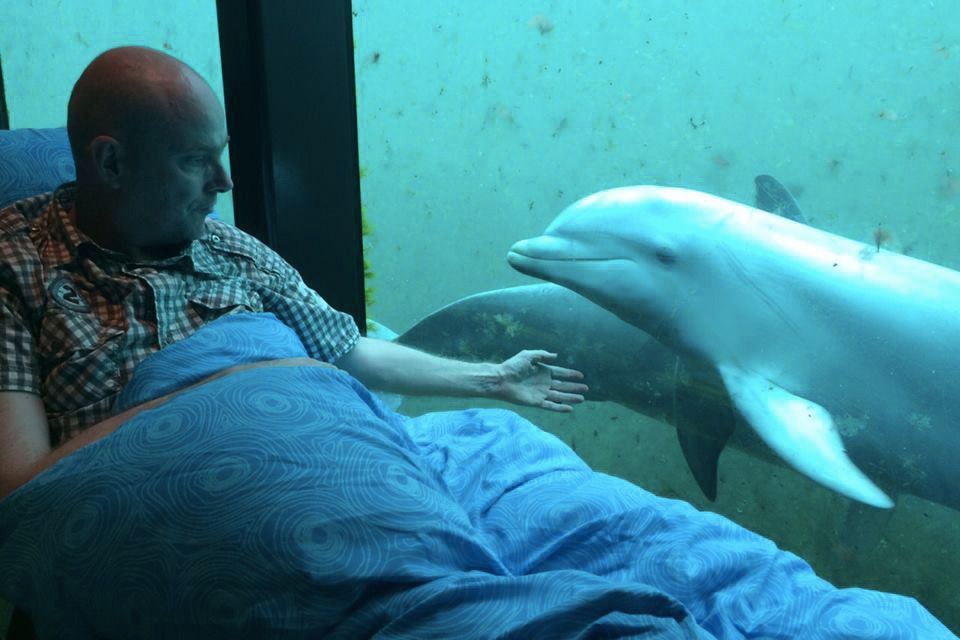
Make-A-Wish is a well known foundation that seeks to deliver spectacular, or at least memorable, experiences for children who are dying. Through the charity, kids swim with dolphins, play major league ball, and play out other once-in-a-lifetime scenarios. However, they are not the only organization in the business of wish-fulfillment. In 2006, an ambulance driver from the Netherlands acted on an opportunity to fulfill the final wishes of terminally ill adults. Over the years, Kees Veldboer has discovered that the things many people want to do and see before they die are deeply personal and do not involve a theme park (although one did require a zoo).
One Last Look
The first person Veldboer helped was a terminally ill man who had not left his hospital bed for three months. One day, when the man was being transferred in Veldboer's ambulance from one hospital to another, he mentioned that he wanted to sit by the Vlaardinen canal, feel the sun on his skin, get the smell of the water in his nose, and take it all in one last time. Veldboer granted his wish. It became clear to him in that moment that delivering an experience such as this was as important as any other end-of-life care. Shortly after Veldboer witnessed the man's joy, he created the Ambulance Wish Foundation.
Meeting a Critical Need
Today, the AWF is a Dutch non-profit organization with more than 200 volunteers. Since its initiation, the AWF has met the requests of close to 7,000 terminally ill adults. Seldom do the requests have to do with experiencing something new. People at the end of life seem to want to connect with the familiar, with the people and things that they cherish. For a particularly memorable wish, the AWF was able to bring Mario, a man who did maintenance work for 25 years at the Rotterdam Zoo, back to the grounds to see the animals - including some affectionate giraffes. Other wishes have included:
- A woman who wanted to sit quietly in the living room of her home, taking in the details of a place she has spent much of her life
- A woman who wanted to view her favorite painting again, a self-portrait by Rembrandt
- A patient who wanted to attend her granddaughter's wedding
Wishes have been as simple as enjoying an ice cream cone al fresco.
Managing the Logistics
A potential concern for carrying out these kinds of wishes is the safety of the patients as they are being transported to and from their chosen destination. Veldboer told the BBC that he does not worry about endangering patients. As a former ambulance driver, he is well aware of how to move people utilizing the utmost care as well as the importance of having emergency resources at hand. Trained medical staff accompany every patient on his or her outing. The ambulances are custom-designed to safely carry out the foundation's mission.
The Importance of a Wish
Veldboer and the many volunteers who support the organization believe that the effort it takes to transport terminally ill patients out of the hospital is well worth it. As with the case of the man who wanted to feel the wind on his face at the canal, many patients have been restricted to their hospital beds for weeks and months. The clinical environment, even in the best hospitals, is dispiriting. Patients are restricted from doing the simple tasks, and visiting the familiar places that were so entrenched in their lives before illness. The wishes that AWF helps to realize very often bespeak a longing for the simple things of everyday life, an ache to experience those spaces in time that happen in between the big events. For example, while he may not have actually swum with the dolphins, a terminally ill man was granted his wish of watching them play once more through the glass at the city aquarium. There is a certain beauty in the simplicity of such a request, and the AWF ought to be commended for their work.
Add Your Comment